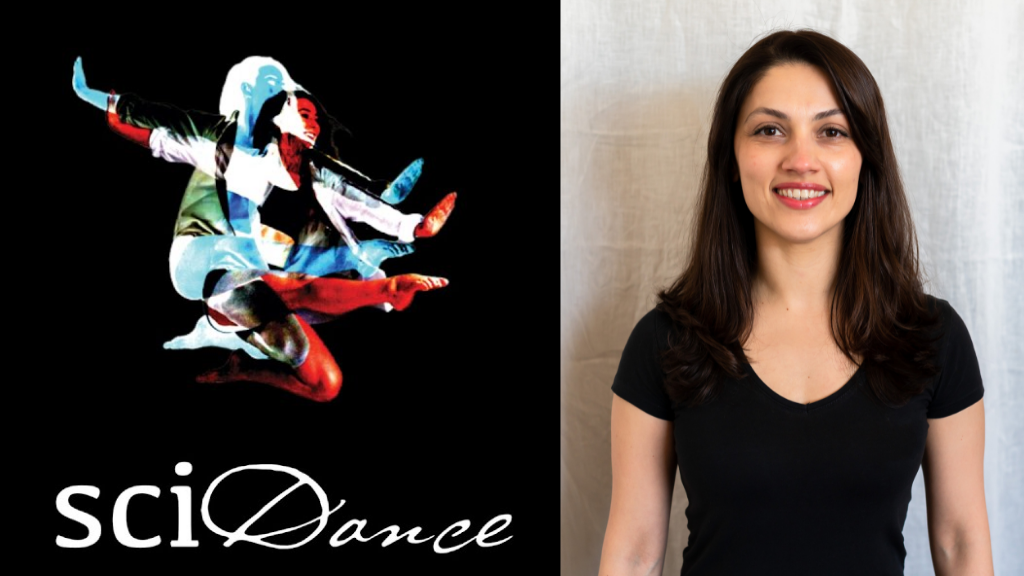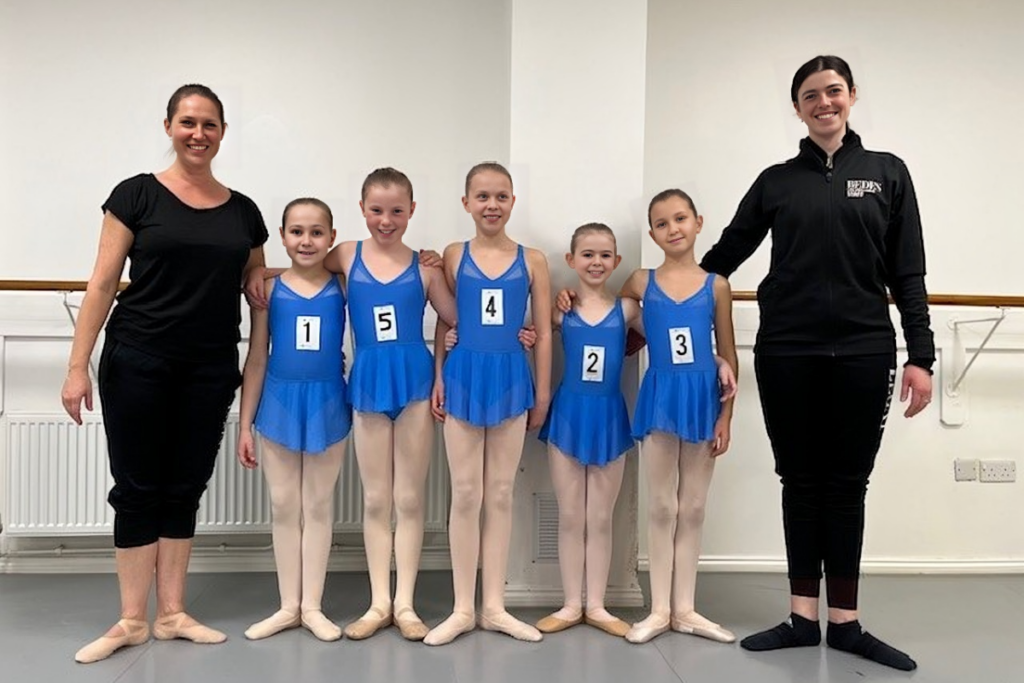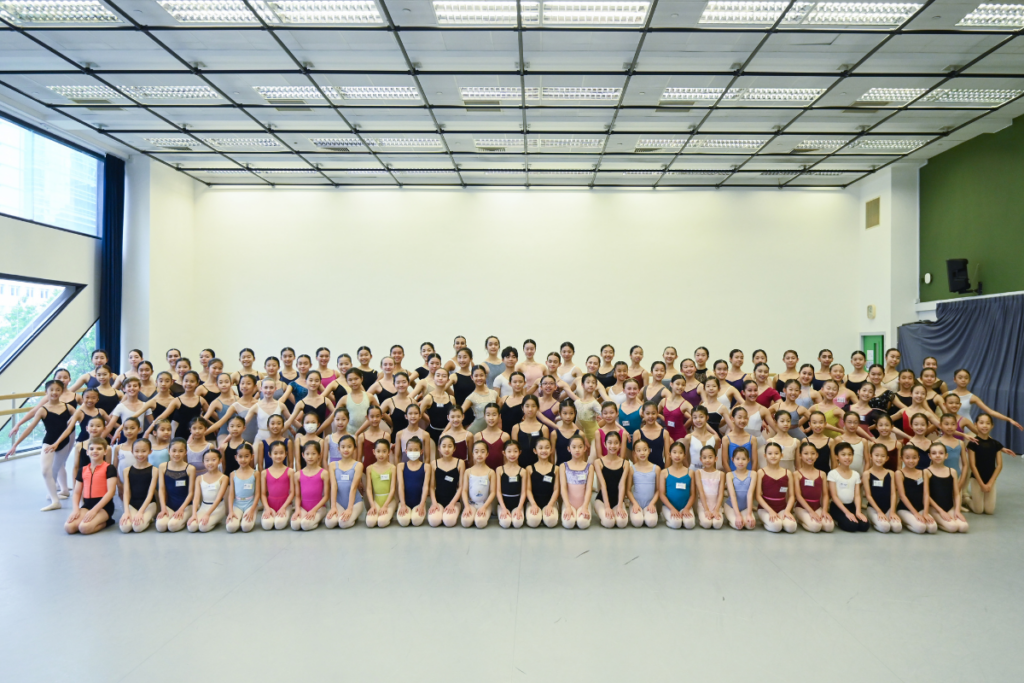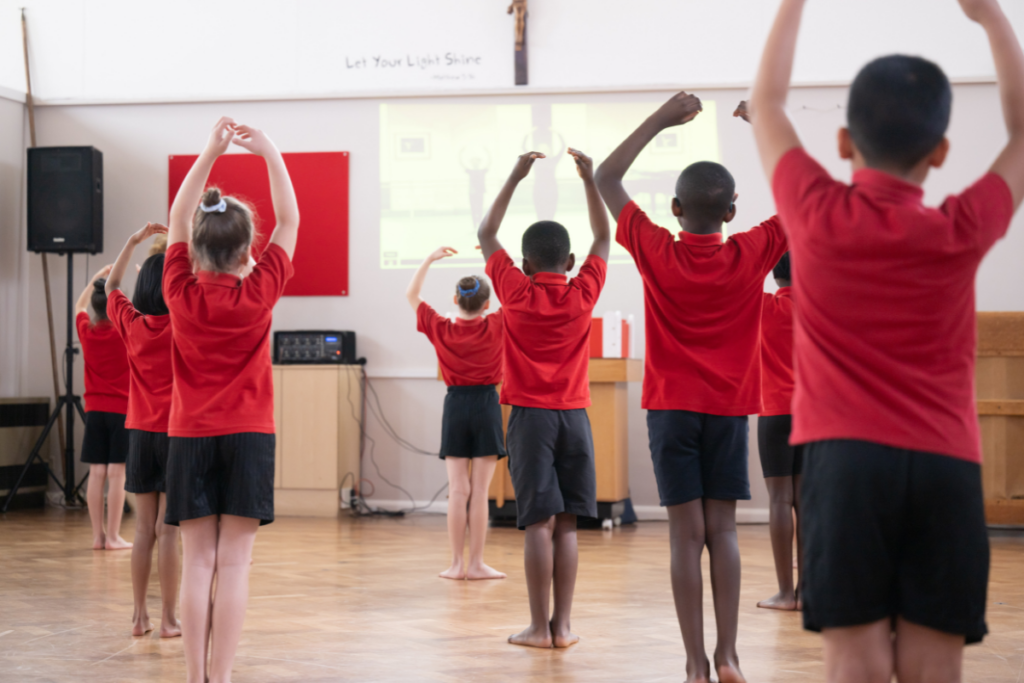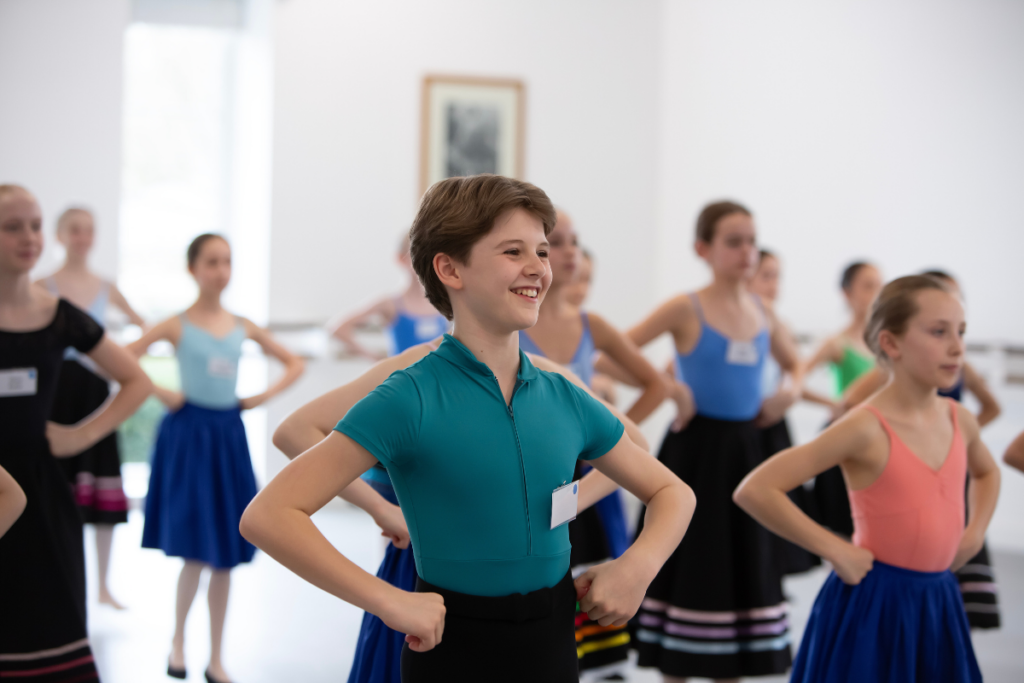Markella Kefallonitou speaks on SciDance podcast
One of our Pilates instructors Markella Kefallonitou recently spoke on SciDance podcast, an evidence-based podcast hosted by Jasmine Cook. Jasmine and Markella discussed the skills and benefits that Pilates has for dancers. She offered an interesting perspective on the role that conditioning training has in young dancers’ training.
We’ve shared some extracts from Markella and Jasmine’s conversation:
What’s it like working with young dancers?
It’s very interesting to work with young dancers – it’s brilliant actually. They all come in with some experience – they’ve all done ballet before and they have movement experience but they most likely won’t have a lot of body conditioning experience. It’s very interesting to work with them and start to build on the fundamentals and the principles that they need to understand their bodies. I know they do some of this already in ballet but working with a different conditioning form is a little different for them to understand. It’s a slow process at the beginning, usually the first two years are a little bit more difficult for them. Sometimes we need to give them simplified exercises so it’s not too complex and it can accompany their ballet training.
What are the main benefits of working with younger dancers?
The principles in Pilates are the same for every age, from younger to older students. It’s the same concentration, flow and precision and core strength is the main focus. Pilates works a lot on alignment and stability prior to any movement… it’s all the same principles but the work is a little bit slower with younger students as they take more time to learn how to control their bodies.
Pilates is good for them in the first year because they have time to move a little slower, take the focus out of the aesthetic and learn how to work within the body, focussing internally. Feeling the muscles working and working out if they are in alignment without looking in the mirror is very beneficial because they depend on the mirrors quite a lot in ballet. As the years progress, we add more complex elements, combinations, and exercises that will challenge them physically. Their strength has to increase a lot more at that stage.
Do students tend to carry on their conditioning training after graduating from the School?
We always give them a conditioning programme to do during a rest period and holidays. They’re given tools – they have videos, instructions, and notes from us and this gives them the freedom to work on their own and understand how conditioning training when they’re not actually dancing is still important. Hopefully, this will continue with them after they graduate and they can understand how the conditioning programmes are helpful when they return to dance. Some of our students before they graduate ask for more information about where they can continue their training which is great to see as it shows they understand the benefits. Hopefully, they will all continue to train their bodies to ensure they are healthy and strong.
How do you integrate theory into your sessions?
There are definitely times in our academic calendar where the students have quite a loaded timetable and it’s much more demanding both mentally and physically. We might choose during these times to do some easier sessions, where it’s more stretching and recovery based. We usually choose to have them do nothing physically at this time, we might choose to just sit down and talk about warm-ups and discuss how they can use these before auditions and performances. We do the same thing with cooldowns and we talk about how we can release and recover the body. The older years have a wellness recovery day per week where we give them more information about what they can do to choose the right recovery tools for them. We might do breathing or meditation – there are many different ways. Many students have requested more information on this and so we want to keep this going where we can in their timetable
There is often a criticism that Pilates is too close to dance movement to be beneficial – how would you respond to this misconception?
Pilates can look very similar to ballet because they share a lot of common principles. I think the criticism might come from personal experience of Pilates and so it depends on what sort of class they’ve done. I understand where that opinion could come from but I think Pilates is so adaptable. You can work with different ages from four years old up to 90 years old. You can modify so many things but still, keep the same principles. We need to make it very specific – it shouldn’t look like we’re necessarily doing dance. Going from the very basic and generalised exercises and only becoming dance specific when and if necessary is more beneficial for dancers rather than imitating what they do. I think it’s good to seek out and find more dance specialists in Pilates rather than just generalised Pilates sessions. These can be very beneficial but if you want to improve strength and mobility you need to find someone who understands dance and works with dancers regularly as they can see the benefits in a more specialised way. It needs to be very individual – we cannot put everyone in the same box. We need to specialise and make it individualised to the person and their goals.
The full podcast is available to listen to on Apple Podcasts, Spotify, YouTube and Anchor.

